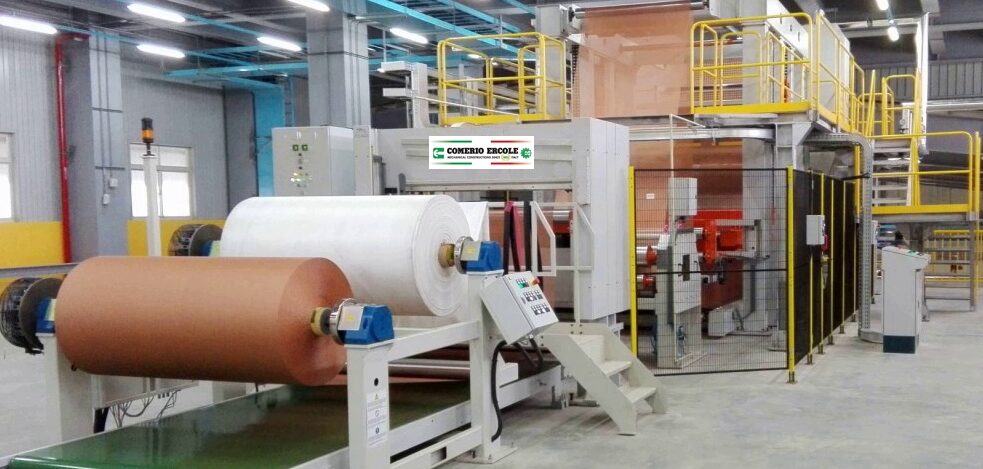An exclusive agreement has been signed between Comerio Ercole to commercialize a rubberized calendering process with Herrmann Ultraschalltechnik. The duo will cooperate on the technology which is used for the production of carcasses in the rubber calendering field where the tail and head of fabric cords is considered in terms of lamination between the two materials.
Development work consisted of textile fibers being bonded together using ultrasound technology to serve as inserts for the carcasses. The joining system is named Ultrasplice.
By utilizing ultrasonic technology, the splicing time is greatly reduced and results in the capacity of the pre-calender accumulator being reduced. The splice press is manufactured by Comerio Ercole, and the tailor-made ultrasonic actuators are supplied by Herrmann. Through the collaboration, both companies aim to develop customized solutions for the rubber calendering sector including design and customer service support.
“When our long-standing partner Comerio Ercole approached us with the idea, we quickly realized that ultrasonics could be used to bring real added value for the customer,” said Christoph Ochs, key account manager, Herrmann Ultraschalltechnik.
“Together, we succeeded in developing a solution that makes the cord splicing process even faster and more efficient. In addition, the connection is stronger and more stable, which makes the process safer. For the end customer, the newly developed process results not only in faster cycle times but also in enormous savings potential for the machine construction.”
Ultrasonic welding works by using frequencies around 20kHz, and when ultrasonic vibrations hit a thermoplastic material, the molecular chains start to oscillate. As the molecules begin to move and rub against each other, friction heat is generated. As a result, the thermoplastic materials begin to melt and after a short hold time under additional pressure, the materials are welded together at a molecular level.



